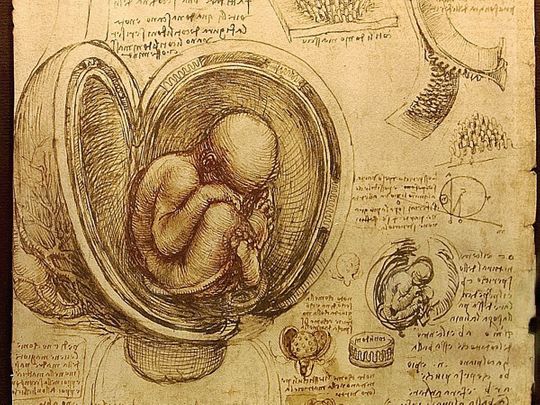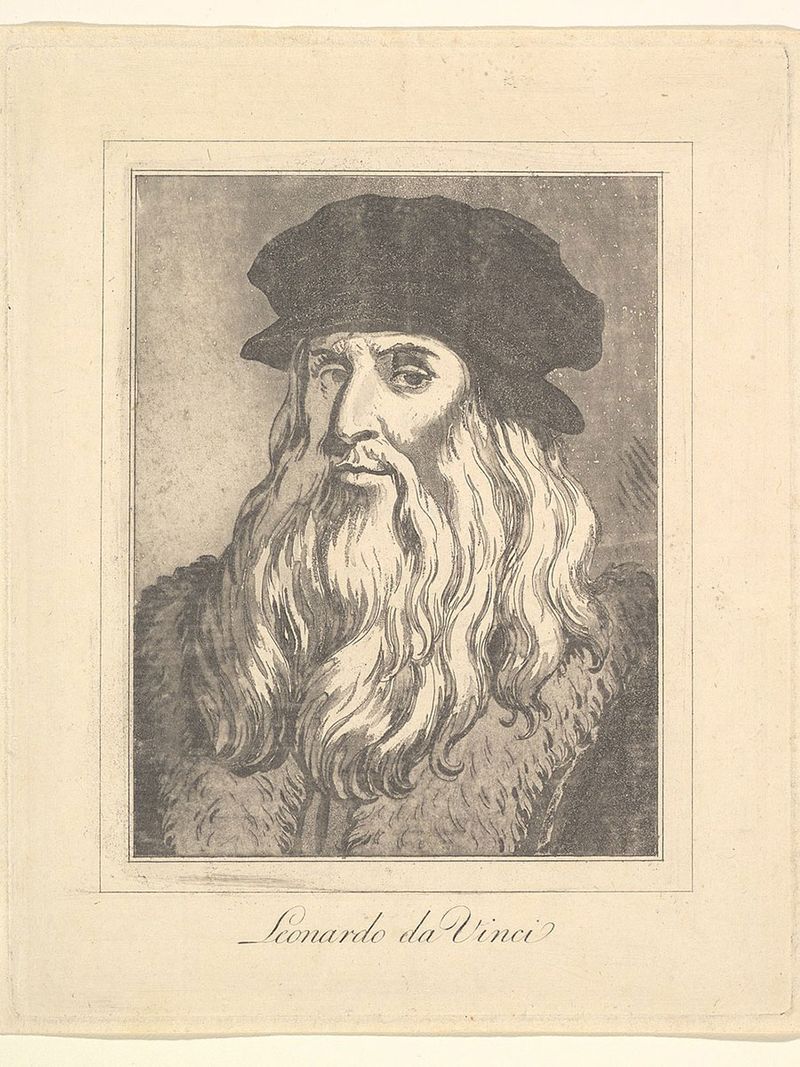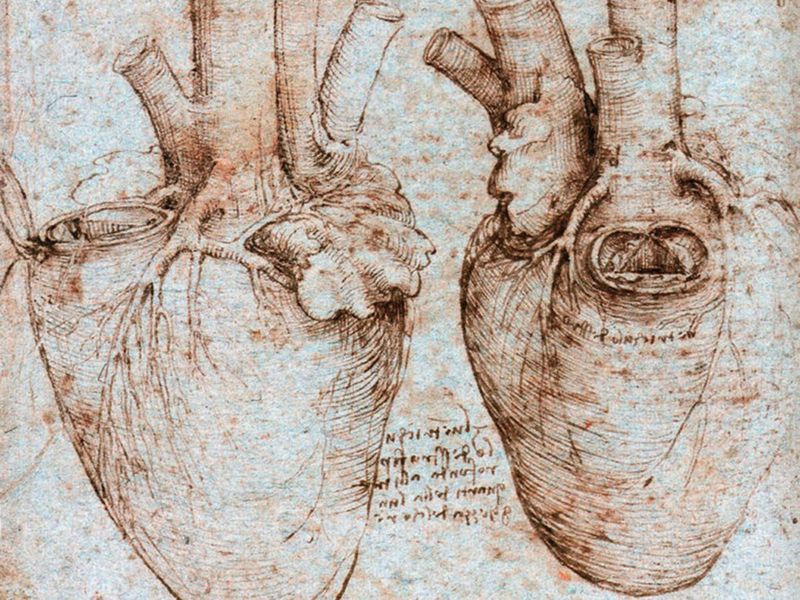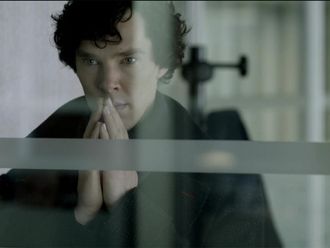
Of all the journals and diaries found in history, perhaps none are as interesting and intriguing as the one belonging to the Italian polymath Leonardo da Vinci.
Click start to play today’s Spell It, where you can find the word “diary”.
When he died, the well-known genius left behind over 6,000 pages of journals, full of vivid drawings, ideas, inventions – and even his grocery lists. Intriguingly, da Vinci wrote his journal entries left-handed, with the text meant to be read from left to right, so you could only read it by holding it up to a mirror.

Here are three of the most interesting ideas he proposed in his notebooks:
1. Breathing underwater
Long before people were snorkelling and scuba diving, da Vinci created an underwater breathing apparatus, comprising two tubes – one for inhalations and the other for exhalations. Sturdy and flexible enough to be used in rough ocean waters, the device even had a flotation apparatus to protect the upper parts of the tubes.
2. Study of reflections
Da Vinci had a great interest in reflection and refraction. He studied the patterns of light that reflect off the water, and also looked into the use of concave mirrors as a heating source. Today, over 500 years after his sketches, concave mirrors like the ones da Vinci proposed are used in solar cookers around the world.
3. Anatomical drawings

Da Vinci’s fascination with the workings of the human body and his artistic hand came together to create anatomical illustrations that were far ahead of the time. He spent time observing the static structure of the human body – leading his to elaborate sketches of the human form, with every tendon and muscle accounted for – and then moved on to study the role of individual internal organs, such as the brain, heart and lungs. His findings from these studies are considered to be the most significant achievements of Renaissance science.
What do you think of Da Vinci’s extraordinary capacity for curiosity and learning? Play today’s Spell It and tell us at games@gulfnews.com.









